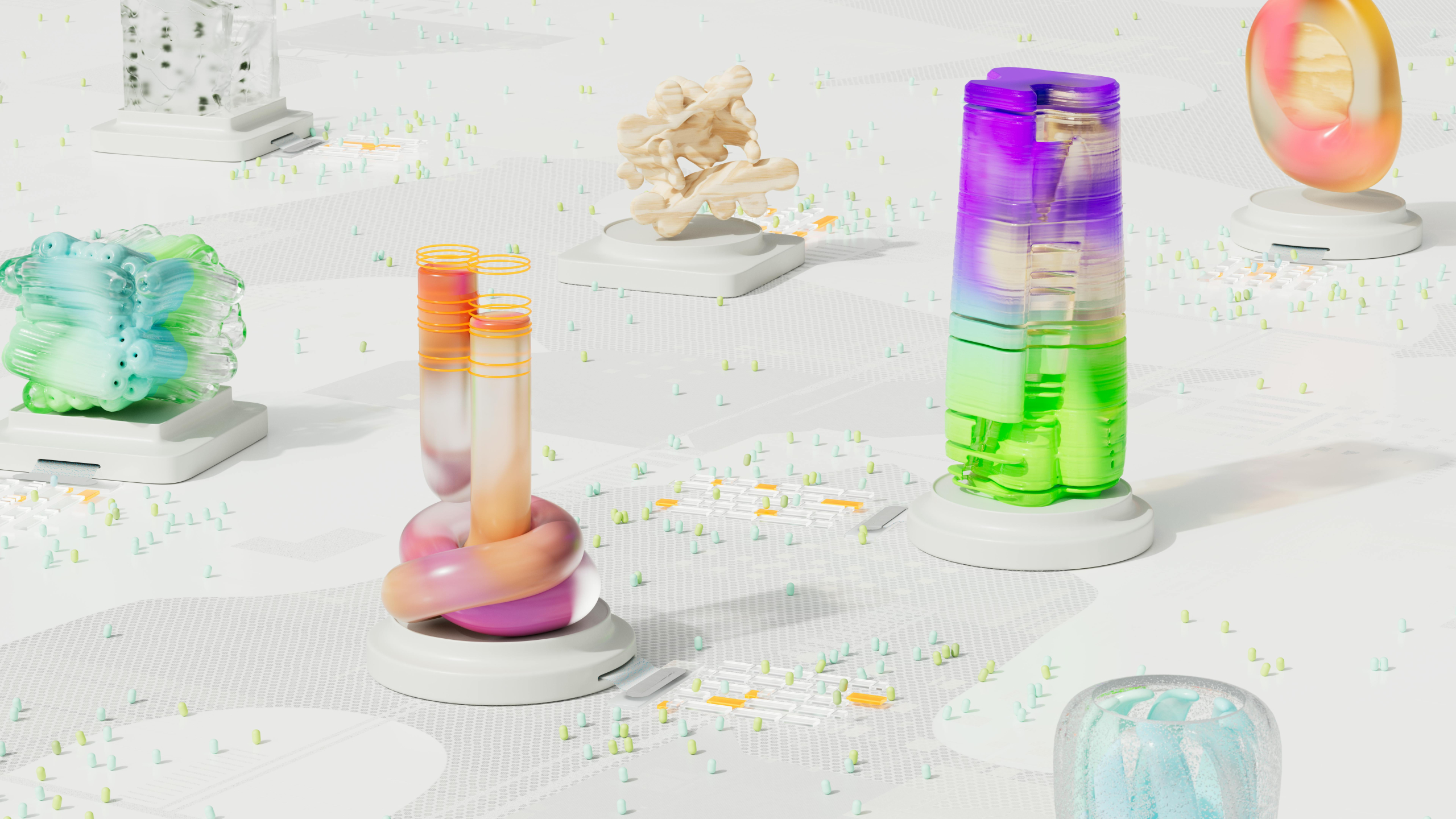AI-Powered Wearables: How Generative AI Is Changing Gadgets
In today’s fast-paced, digitally-driven world, wearable technology has become an essential part of our everyday lives. From fitness trackers and smartwatches to virtual reality headsets, wearables have made it easier for us to stay connected, track our health, and even perform tasks hands-free. But with the advancements in artificial intelligence (AI), wearables are now becoming even more advanced and powerful. With the use of generative AI, wearables are transforming into intelligent gadgets that can adapt to our needs and preferences like never before. In this article, we will explore the world of AI-powered wearables and see how generative AI is revolutionizing the tech industry and changing the way we interact with gadgets.
The Rise of AI-Powered Wearables
Wearable technology has been around for decades, but it wasn’t until recent years that it started gaining mainstream popularity. The introduction of fitness trackers and smartwatches by tech giants like Fitbit, Apple, and Samsung marked the beginning of the wearable revolution. These devices allowed us to track our steps, monitor our heart rate, and even receive notifications from our smartphones on our wrists. But as technology continues to evolve, we are now seeing wearables that can do much more than just track our fitness.
Enter AI-powered wearables. With the advancement of AI in recent years, wearables have gotten smarter, more intuitive, and more personalized. By using generative AI, wearables are able to analyze data, make predictions, and even learn from user behavior to provide a more personalized and seamless experience. This means that wearables are no longer just a passive tracking device, but rather an intelligent gadget that can adapt to our needs and preferences in real-time.
How Generative AI Is Changing Wearables
Personalization
One of the key ways that generative AI is changing wearables is through personalization. By analyzing data from various sources, such as user inputs, sensors, and even social media, AI-powered wearables are able to create a personalized profile for each user. This allows the device to understand the user’s habits, preferences, and even mood. As a result, the wearable can provide tailored recommendations, such as a customized workout plan or a reminder to take a break when it senses that the user is feeling stressed.
Real-Time Assistance
Another way that generative AI is transforming wearables is through real-time assistance. By continuously analyzing data, the wearable can provide assistance and guidance in real-time. For example, a smartwatch equipped with generative AI can analyze a person’s gait and provide real-time feedback to improve their running form. Or, a wearable translator can use AI to process and translate conversations in real-time, making it easier for people to communicate with others who speak different languages.
Improved Health Monitoring
A very promising area where generative AI is making a difference in wearables is health monitoring. By using AI algorithms, wearables are able to analyze various biometric data such as heart rate, blood pressure, and sleep patterns to provide deeper insights into a person’s health. This allows wearables to not only track overall health but also identify any potential issues or risks in real-time. This is especially useful for individuals with chronic medical conditions, as their wearable can alert them or their caregiver of any potential health issues.
Challenges and Limitations
Despite the promising advancements in AI-powered wearables, there are still some challenges and limitations that need to be addressed. One of the main concerns is privacy and security. As wearables collect and analyze personal data, there is a risk of this information being misused or falling into the wrong hands. This calls for stricter regulations and data protection measures to ensure the safety and security of user data.
Another challenge is the potential bias in the data that AI algorithms use to make decisions. If the data is not diverse enough or if there are biases in the data, it can lead to biased recommendations or decisions. This is a critical issue that needs to be addressed to ensure fairness and inclusivity in AI-powered wearables.
The Future of AI in Wearables
Despite these challenges, the future looks bright for AI-powered wearables. As technology continues to evolve, we can expect to see even more advanced and intelligent wearables that can seamlessly integrate into our daily lives. From smart clothing that can track our health to brain-computer interface devices that can control gadgets with our thoughts, the possibilities are endless.
Generative AI is paving the way for a new era of wearables that are not only innovative and functional but also highly personalized and adaptive. With the potential to improve our health, enhance our daily lives, and even bridge communication barriers, AI-powered wearables are truly changing the game in the tech industry. And as we continue to witness the development of this technology, the future of wearables seems more exciting than ever before.











